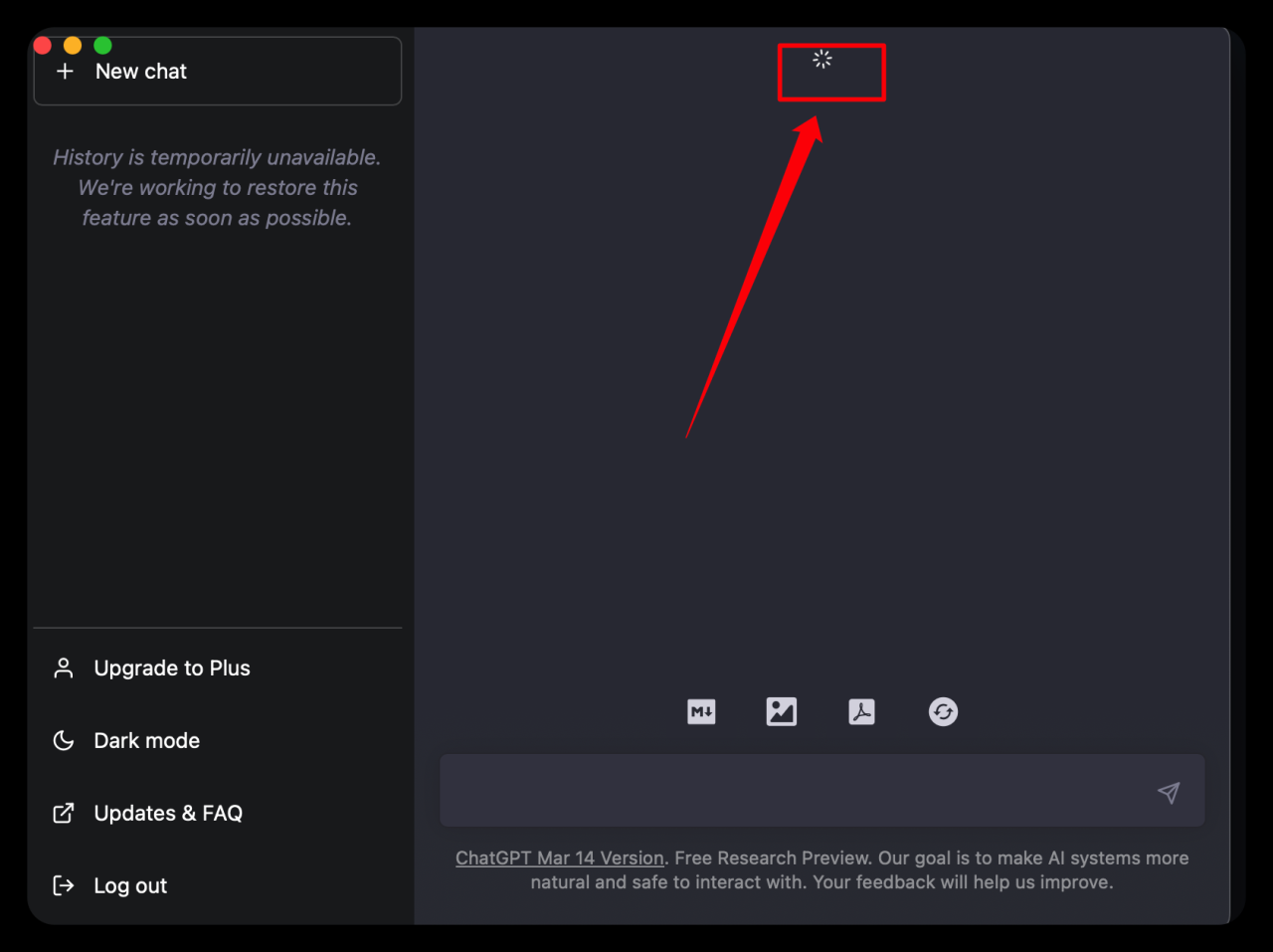Chat GPT down? It happens. Service interruptions are a fact of life for any online service, and understanding why they occur, how they impact users, and how they’re handled is crucial. This guide explores the common causes of downtime, the strategies used to communicate during outages, and the steps taken to restore service. We’ll also look at the user experience and how these events are visually represented.
From server-side issues to network problems and software bugs, we’ll dissect the technical reasons behind these disruptions. We’ll examine effective communication strategies, including sample emails and social media posts, designed to keep users informed and reassured. Finally, we’ll walk through the recovery process, including incident reviews and lessons learned to minimize future outages. Understanding this process helps everyone – users and developers alike.
User Impact of Service Interruptions
Service outages significantly impact users, causing frustration, lost productivity, and even financial losses. Understanding these impacts is crucial for designing resilient systems and effective communication strategies.
ChatGPT’s down again? Seriously? While we wait for it to come back online, it’s a good time to check out some real-world news, like this report on a recent drone attack russia which is pretty wild. Anyway, back to hoping ChatGPT is up soon so I can finish writing this!
Common User Experiences During Outages
During service disruptions, users commonly experience difficulties accessing essential features, receiving error messages, encountering slow loading times, or complete service unavailability. This leads to workflow interruptions and a general sense of uncertainty.
Consequences for Users Relying on the Service for Critical Tasks
For users depending on the service for critical tasks, outages can have severe consequences. Missed deadlines, lost revenue, compromised data security, and impaired operational efficiency are all potential outcomes.
Alternative Solutions During Downtime, Chat gpt down
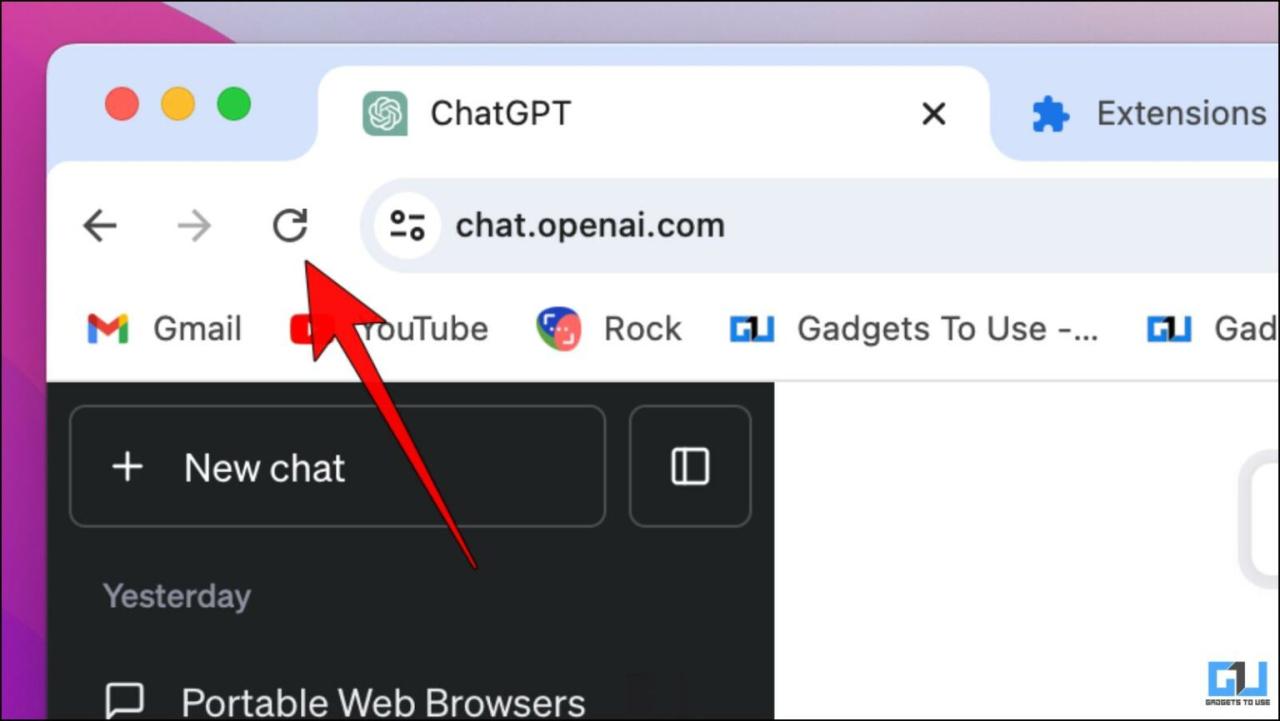
Users may resort to alternative solutions during downtime, such as using competing services, employing offline methods, or delaying tasks until service is restored. The availability and suitability of these alternatives vary depending on the nature of the service and the user’s needs.
Hey, is Chat GPT acting up? It’s frustrating when you need it and it’s not working, right? If you’re seeing errors, check out this helpful resource to see if it’s a widespread issue: chatgpt down? Knowing if it’s just you or a general outage can save you a lot of troubleshooting time. Getting back to Chat GPT down, hopefully, this helps you figure out what’s going on.
User Feedback Examples
User feedback often reveals frustration, anger, and concern during outages. Understanding these sentiments is vital for improving service reliability and communication.
| User Role | Impact | Feedback |
|---|---|---|
| Online Retailer | Lost Sales | “The outage cost me hundreds of dollars in lost sales. Your lack of communication was unacceptable.” |
| Software Developer | Missed Deadline | “The service interruption prevented me from meeting a critical deadline, resulting in project delays.” |
| Student | Inability to Complete Assignment | “I couldn’t submit my assignment because of the outage. This is incredibly frustrating.” |
Technical Reasons for Outages
Service disruptions stem from various technical issues, both on the server-side and within the network infrastructure. Understanding these causes is essential for proactive maintenance and incident response.
Potential Causes of Service Disruptions
- Server-Side Issues: Hardware failures, software glitches, database errors, and resource exhaustion can all lead to service disruptions. Impact: Complete or partial service unavailability.
- Network Infrastructure Problems: Network congestion, router failures, DNS issues, and connectivity problems can disrupt service access. Impact: Slow performance, intermittent connectivity, or complete unavailability.
- Software Bugs and Coding Errors: Unforeseen errors in the software code can cause unexpected crashes or malfunctions. Impact: Service instability, unexpected behavior, data corruption.
- Maintenance and Updates: Scheduled maintenance and software updates, while necessary, can temporarily disrupt service. Impact: Planned downtime, potential for unexpected issues during the update process.
Communication Strategies During Downtime
Effective communication during outages is crucial for managing user expectations and maintaining trust. A well-defined communication plan ensures timely and transparent updates.
Sample Communication Plan
A sample communication plan should include:
- Acknowledgement of the outage: Clearly state the problem and its impact.
- Estimated restoration time: Provide a realistic timeframe, acknowledging uncertainty if necessary.
- Regular updates: Keep users informed of progress and any changes to the estimated restoration time.
- Contact information: Provide channels for users to report issues or seek assistance.
Sample Email/Social Media Post
Subject: Service Disruption – We’re Working on It!Hi [User Name],We are aware of a service disruption affecting [service name]. Our team is working diligently to resolve the issue. We anticipate service restoration by [time]. We apologize for any inconvenience this may cause.Sincerely,The [Company Name] Team
Recovery and Restoration Procedures: Chat Gpt Down
Restoring service after an outage involves a systematic process, from initial detection to post-incident review. Efficient procedures minimize downtime and prevent future occurrences.
Steps Involved in Service Restoration
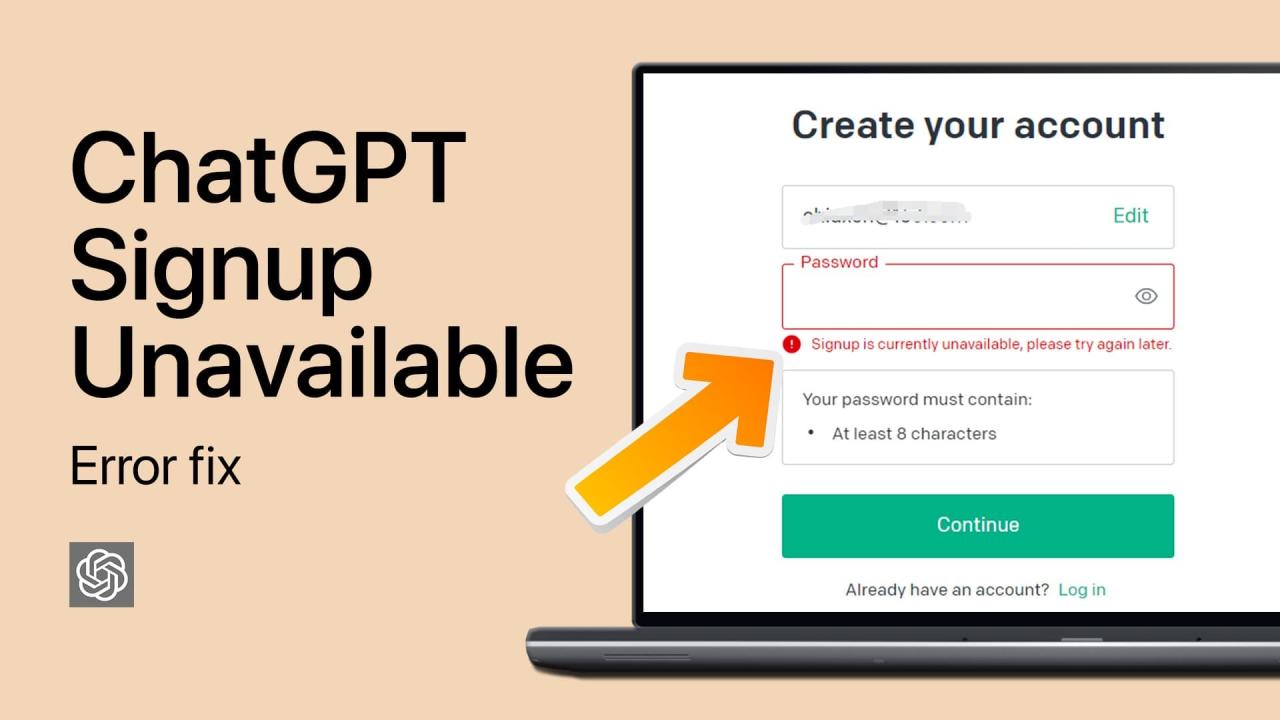
- Outage Detection (5-15 mins): Monitoring tools alert the team of the issue.
- Incident Diagnosis (15-30 mins): Identify the root cause of the outage.
- Resolution Implementation (30 mins – 2 hrs): Implement the necessary fixes.
- Service Restoration (15-30 mins): Verify service restoration and monitor for any further issues.
- Post-Incident Review (1-2 days): Analyze the incident, identify areas for improvement, and implement preventative measures.
Visual Representation of Downtime
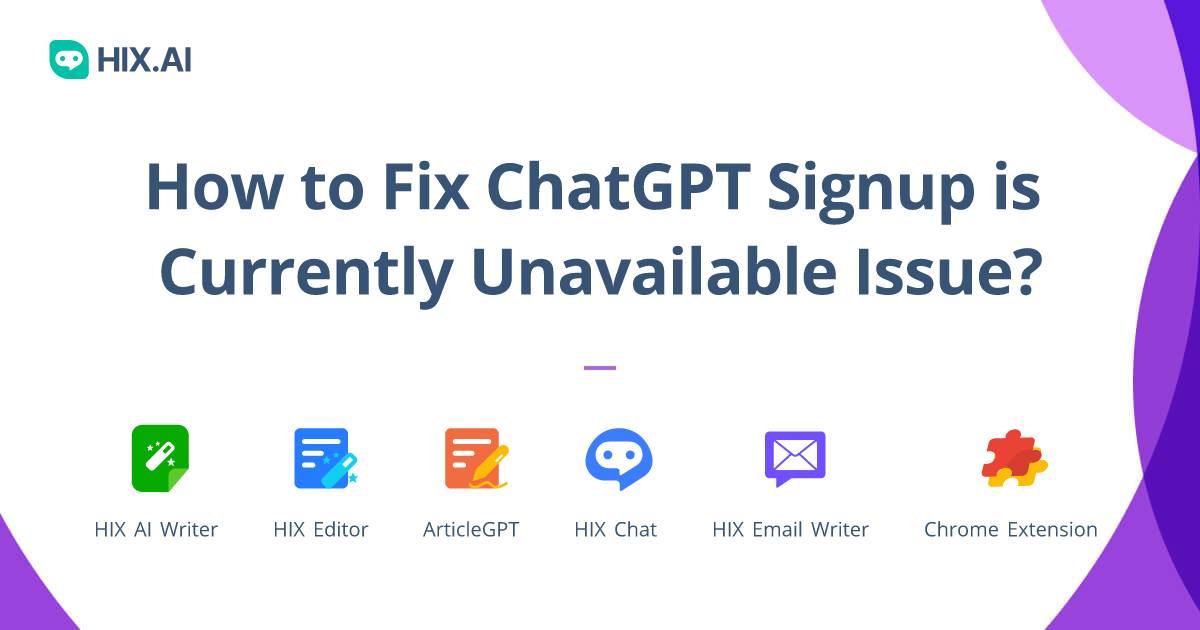
Visual representations, such as diagrams and charts, can effectively communicate the impact of outages on both the system and the user experience. These visuals enhance understanding for both technical and non-technical audiences.
Visual Representation of a Service Outage
A visual representation of a service outage might depict a network diagram showing affected components highlighted in red, with arrows indicating disrupted data flow. This illustrates the cascading impact of the outage across the system’s architecture. The emotional impact on users could be shown through a graph depicting a sharp drop in user engagement metrics during the outage period.
Visual Representation of a Successful Recovery
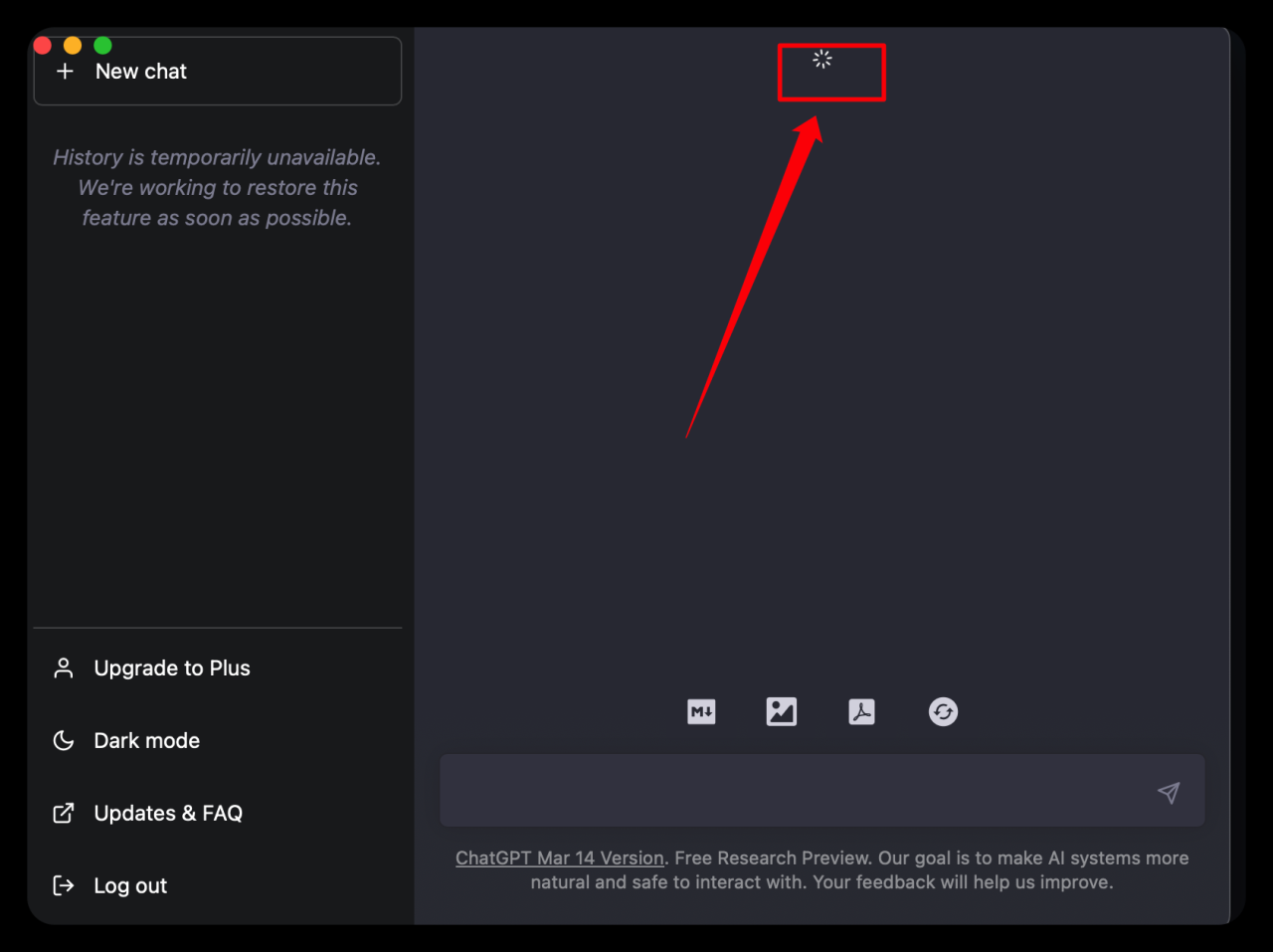
A visual representation of successful recovery could show the network diagram returning to normal colors, with restored data flow indicated by green arrows. User engagement metrics would show a gradual return to pre-outage levels, illustrating successful re-engagement.
Visual Representation of User Experience
A visual representation of the user experience might include a timeline showing the moments of frustration and uncertainty experienced during the outage, contrasted with the relief and renewed trust felt after restoration. This provides a human-centered perspective on the technical issue.
Visual Aids for Non-Technical Audiences
Visuals can simplify complex technical details for non-technical audiences. For example, a simple flowchart could depict the steps taken to resolve the outage, while a bar graph could show the duration of the outage and the time it took to restore service.
Bummer, Chat GPT’s down again! While you wait for it to come back online, maybe try flexing your brainpower. Check out this handy list of 6 letter words that start with ai to pass the time – it might even help you brainstorm some prompts for later! Hopefully, Chat GPT will be back up soon so you can get back to your awesome projects.
Outcome Summary
Ultimately, dealing with service interruptions involves a multifaceted approach. It’s a blend of robust technical infrastructure, proactive communication, and efficient recovery procedures. By understanding the potential causes, impacts, and solutions, we can navigate downtime more effectively, minimizing disruption and maintaining trust. This knowledge empowers users to cope with outages and helps service providers improve their resilience and communication strategies.
FAQ Corner
What should I do if the service is down?
Check the service’s official website or social media for updates. Look for alternative solutions if the service provides them. Be patient; restoration usually takes time.
How long do outages typically last?
This varies greatly depending on the cause and complexity of the issue. Minor issues might be resolved quickly, while major ones could take hours or even days.
Why are there so many outages?
Complex systems are prone to failures. Software bugs, server issues, network problems, and even planned maintenance can all contribute to downtime.
Will I lose my data during an outage?
Reputable services have safeguards to prevent data loss. However, it’s always good practice to save your work regularly.
